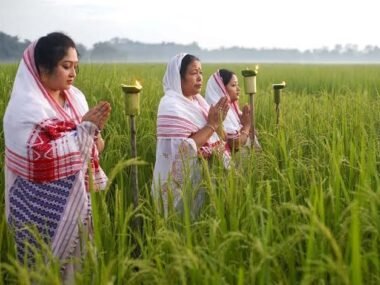World Rhino Day, celebrated on September 22nd, is a global event dedicated to raising awareness about the plight of rhinos and the urgent need for their conservation. This day brings together NGOs, zoos, wildlife conservationists, and individuals from around the world to highlight the importance of protecting these magnificent creatures.
Importance of Raising Awareness for Rhino Conservation
Raising awareness for rhino conservation is crucial because rhinos are facing severe threats from poaching, habitat loss, and climate change. Poachers target rhinos for their horns, which are highly valued in illegal markets. By educating the public and advocating for stronger protection measures, we can help reduce poaching incidents and support efforts to preserve rhino habitats. Increased awareness also leads to more funding and resources for conservation programs, ensuring that future generations can witness these incredible animals in the wild.
Overview of the Five Rhino Species

1. Black Rhino: Known for its hooked upper lip, the black rhino is critically endangered. Found in various African habitats, it faces threats from poaching and habitat loss. Conservation efforts include anti-poaching patrols and habitat restoration.
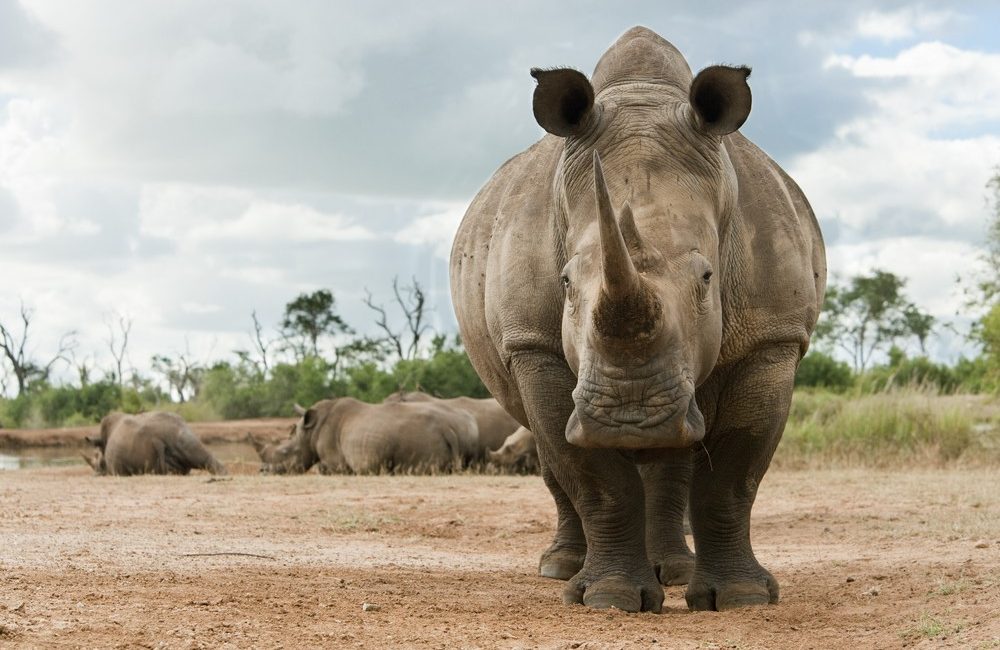
2. White Rhino: The largest rhino species, with a square lip adapted for grazing. While the southern white rhino population is recovering, the northern white rhino is critically endangered. Conservation measures focus on breeding programs and habitat protection.
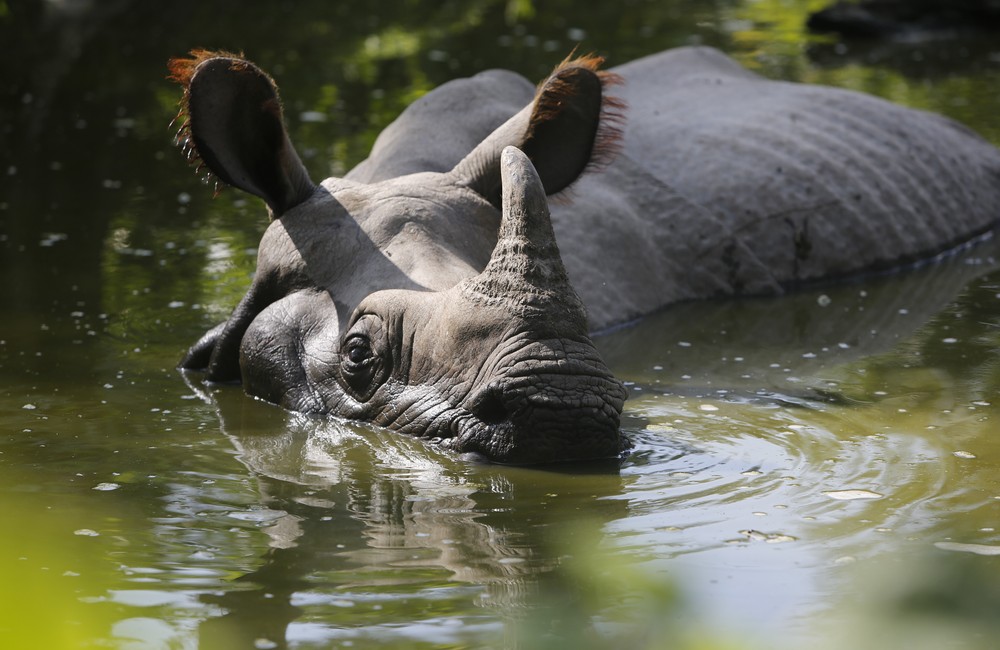
3. Greater One-Horned Rhino: Recognizable by its single black horn and armor-like skin folds, this species is found in India and Nepal. Thanks to successful conservation programs, its population is increasing, though it remains vulnerable.

4. Sumatran Rhino: The smallest and hairiest of the rhino species, with two horns. It inhabits dense mountain forests in Indonesia and is critically endangered, with fewer than 80 individuals remaining. Conservation efforts include captive breeding and habitat protection.
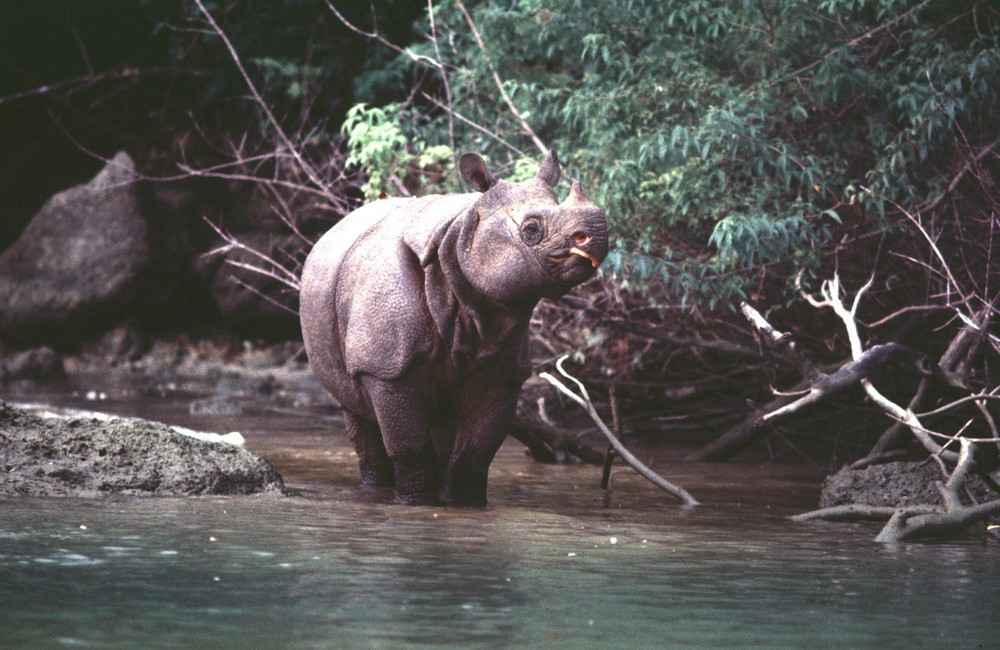
5. Javan Rhino: Similar in appearance to the greater one-horned rhino but smaller, with a less pronounced skin fold. It is critically endangered, with only one known population in Ujung Kulon National Park, Indonesia. Strict habitat protection and anti-poaching measures are vital for its survival.
History and Significance
Origins of World Rhino Day
World Rhino Day was first announced by WWF-South Africa in 2010. The idea quickly gained traction, and by 2011, it had become a global phenomenon. The day was created to unite NGOs, zoos, wildlife conservationists, and individuals in their efforts to save rhinos from extinction.
Key Milestones and Achievements in Rhino Conservation
- Anti-Poaching Initiatives: Significant strides have been made in anti-poaching efforts, including the deployment of advanced technologies like drones and GPS tracking to monitor rhino populations and deter poachers.
- Breeding Programs: Successful captive breeding programs have helped increase the populations of critically endangered species like the greater one-horned rhino and the southern white rhino.
- Habitat Restoration: Efforts to restore and protect rhino habitats have been crucial in providing safe environments for rhinos to thrive. This includes the establishment of protected areas and wildlife corridors.
- Community Engagement: Involving local communities in conservation efforts has proven effective. Programs that provide economic benefits to communities in exchange for their participation in conservation have helped reduce poaching and habitat destruction.
Global Participation and Events
World Rhino Day is celebrated worldwide with various events and activities aimed at raising awareness and funds for rhino conservation. These include:
- Educational Programs: Schools and universities often host talks, workshops, and exhibitions to educate students about rhino conservation.
- Fundraising Events: Charity runs, auctions, and online campaigns are organized to raise funds for conservation projects.
- Social Media Campaigns: Hashtags like #WorldRhinoDay trend on social media, helping to spread the message and engage a global audience.
- Zoo and Wildlife Park Events: Many zoos and wildlife parks host special events, including rhino-themed tours, talks by conservation experts, and interactive activities for visitors.
Current Challenges in Rhino Conservation
Poaching and Illegal Wildlife Trade
One of the most significant threats to rhinos is poaching, driven by the high demand for rhino horns in illegal markets. Rhino horns are often used in traditional medicine and as status symbols, particularly in parts of Asia. Despite international bans, poaching remains rampant, leading to drastic declines in rhino populations. Anti-poaching efforts, including increased patrolling and the use of technology like drones and GPS tracking, are critical in combating this threat.
Habitat Loss and Fragmentation
Rhinos require large, continuous habitats to thrive, but human activities such as agriculture, urban development, and infrastructure projects are encroaching on their natural environments. This habitat loss and fragmentation not only reduce the available space for rhinos but also isolate populations, making it harder for them to find mates and maintain genetic diversity. Conservation strategies focus on protecting and restoring habitats, creating wildlife corridors, and implementing land-use policies that balance development with conservation needs.
Climate Change Impacts
Climate change poses a growing threat to rhino conservation by altering the ecosystems they depend on. Changes in temperature and precipitation patterns can affect the availability of water and food resources, leading to increased competition and stress for rhinos. Additionally, extreme weather events such as droughts and floods can further degrade their habitats. Conservationists are working to mitigate these impacts by enhancing habitat resilience, monitoring climate trends, and developing adaptive management plans to ensure rhinos can survive in a changing climate.
Global Conservation Efforts
Global conservation efforts for rhinos focus on protecting their habitats, combating poaching, and ensuring their survival. These efforts involve collaboration between governments, NGOs, and local communities to create and enforce wildlife protection laws, establish protected areas, and promote sustainable practices.
International Organizations and Their Roles
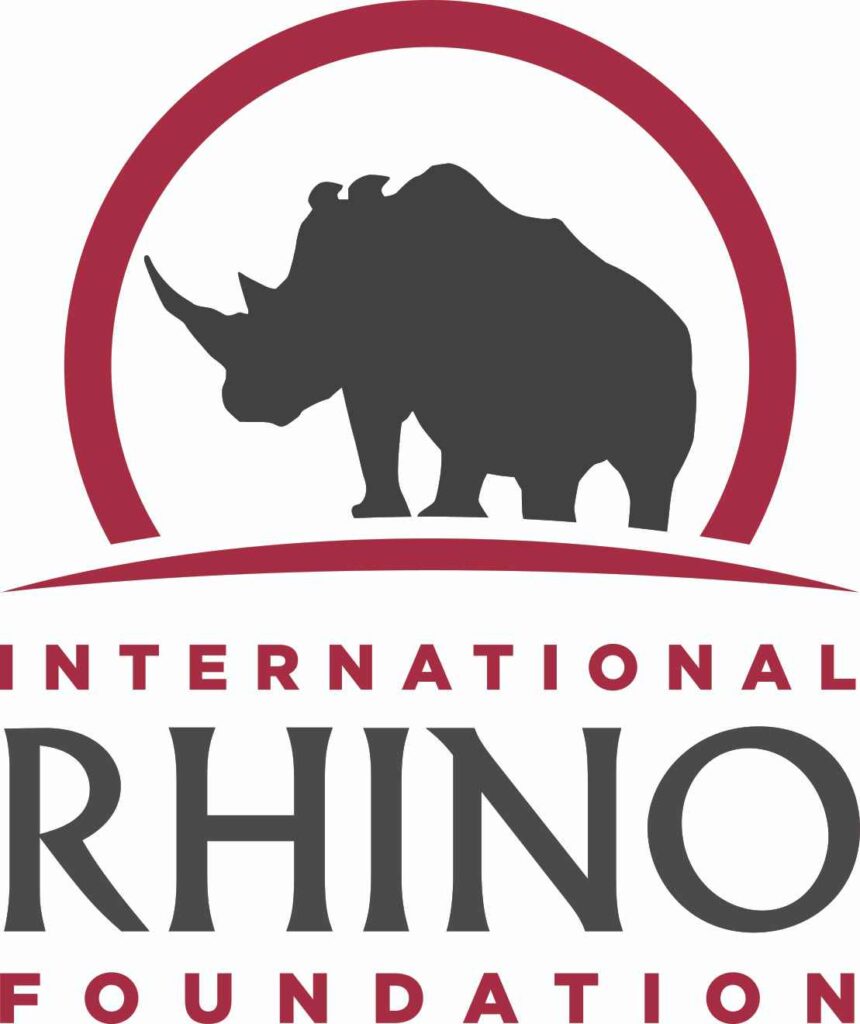
Several international organizations play crucial roles in rhino conservation:
- World Wildlife Fund (WWF): Works on anti-poaching initiatives, habitat restoration, and community engagement.
- International Rhino Foundation (IRF): Focuses on scientific research, habitat protection, and breeding programs.
- Save the Rhino International: Provides funding and support for field programs, anti-poaching units, and awareness campaigns.
Community-Based Conservation Initiatives
Community-based conservation initiatives involve local communities in protecting rhinos. These initiatives empower communities by providing education, alternative livelihoods, and involving them in conservation activities. For example, community rangers are trained to monitor rhino populations and prevent poaching.
Technological Advancements in Rhino Protection
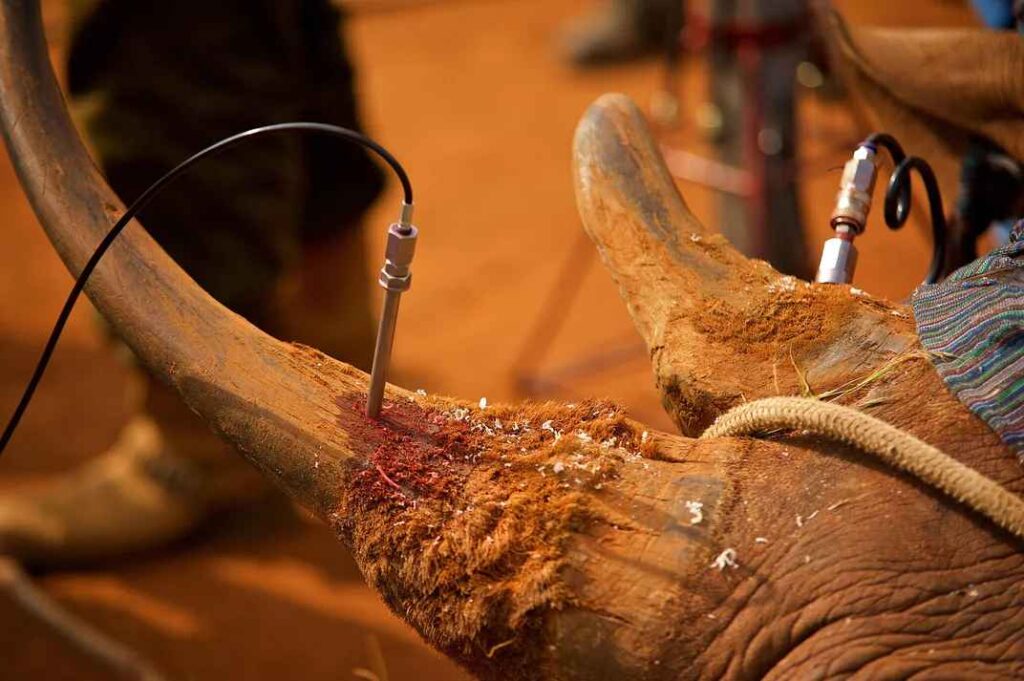
Technological advancements have significantly enhanced rhino protection efforts. Innovations include:
- Drones: Used for aerial surveillance to monitor rhino movements and detect poachers.
- GPS Tracking: Collars with GPS technology help track rhinos in real-time.
- DNA Analysis: Helps in identifying and prosecuting poachers by linking seized rhino horns to specific animals.
Success Stories and Case Studies
There have been several success stories in rhino conservation:
- Nepal: Achieved zero poaching years through strong law enforcement and community involvement.
- South Africa: The Black Rhino Range Expansion Project has successfully relocated rhinos to new habitats, increasing their population.
- India: The population of the Greater One-Horned Rhino has increased due to effective conservation measures in Kaziranga National Park.
World Rhino Day serves as a reminder of the ongoing efforts and the need for continued support to ensure the survival of these magnificent creatures.
Some Important Points About World Rhino Day:
- World Rhino Day is celebrated annually on September 22 to raise awareness about the conservation and protection of the five rhino species.
- World Rhino Day was first celebrated in 2010 in South Africa, initiated by Wildlife ACT and WWF-South Africa. It became globally recognized in 2011, when Lisa Jane Campbell and Rhino Africa expanded the event worldwide.
- The five rhino species include the White Rhino and Black Rhino in Africa, and the Greater One-Horned, Sumatran, and Javan Rhinos in Asia.
- Rhinos are critically endangered, with poaching and habitat loss being the primary threats to their survival, especially due to the illegal trade in rhino horns.
- Kaziranga National Park in Assam, India, is home to the world’s largest population of the Greater One-Horned Rhino, a key species for global conservation efforts.
- As of August 2024, there are about 2,885 one-horned rhinos in Assam, India:
- Kaziranga National Park: 2,613 rhinos
- Orang National Park: 125 rhinos
- Pobitora Wildlife Sanctuary: 107 rhinos
- Manas National Park: 40 rhinos
Assam has the largest population of one-horned rhinos globally, making it essential for restocking other parks and sanctuaries.
7. Rhino horns are falsely believed to have medicinal properties, leading to poaching despite international bans on trade.
8. Conservation efforts like anti-poaching patrols, habitat restoration, and captive breeding are critical for protecting rhino populations worldwide.
9. Global organizations, such as the International Rhino Foundation and Save the Rhino, support rhino conservation by raising awareness and funding local initiatives.
10. World Rhino Day encourages people to take part in rhino conservation by spreading awareness, supporting protection initiatives, and participating in activities to preserve these magnificent animals for future generations.
Conclusion
World Rhino Day serves as a vital reminder of the importance of protecting rhinos, one of the planet’s most iconic and endangered species. It encourages global efforts toward conservation by raising awareness about the threats rhinos face, such as poaching, habitat loss, and illegal wildlife trade. Celebrating this day not only highlights the critical work done by conservation organizations but also calls upon individuals, communities, and governments to collaborate in safeguarding rhino populations for future generations. By supporting conservation efforts, we contribute to the survival of these majestic creatures, ensuring that they remain a symbol of biodiversity and environmental health.
FAQ’s
Q. What is World Rhino Day?
A: World Rhino Day is an international event celebrated every year on September 22 to raise awareness about the plight of rhinos and to promote conservation efforts to protect all five species of rhinos.
Q. Why is World Rhino Day important?
A: World Rhino Day highlights the critical challenges that rhinos face, such as poaching and habitat loss. It serves as a global platform for conservationists, wildlife enthusiasts, and the public to unite in raising awareness and supporting efforts to save rhinos from extinction.
Q. When was World Rhino Day first celebrated?
A: World Rhino Day was first celebrated on September 22, 2010. It was initiated by WWF-South Africa and has since grown into a global event supported by various organizations and individuals.
Q. Where can the One-Horned Rhino be found in Assam?
A: In Assam, the One-Horned Rhino is primarily found in Kaziranga National Park, which is a UNESCO World Heritage Site. It is also found in other wildlife reserves like Pobitora Wildlife Sanctuary, Manas National Park, and Orang National Park.








